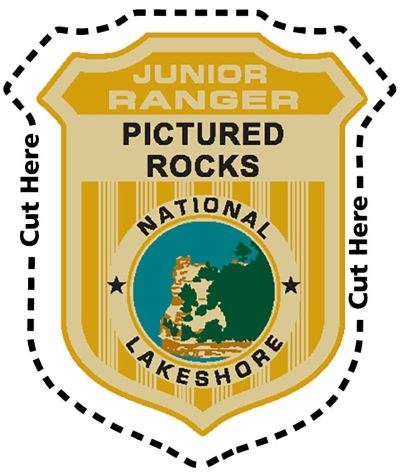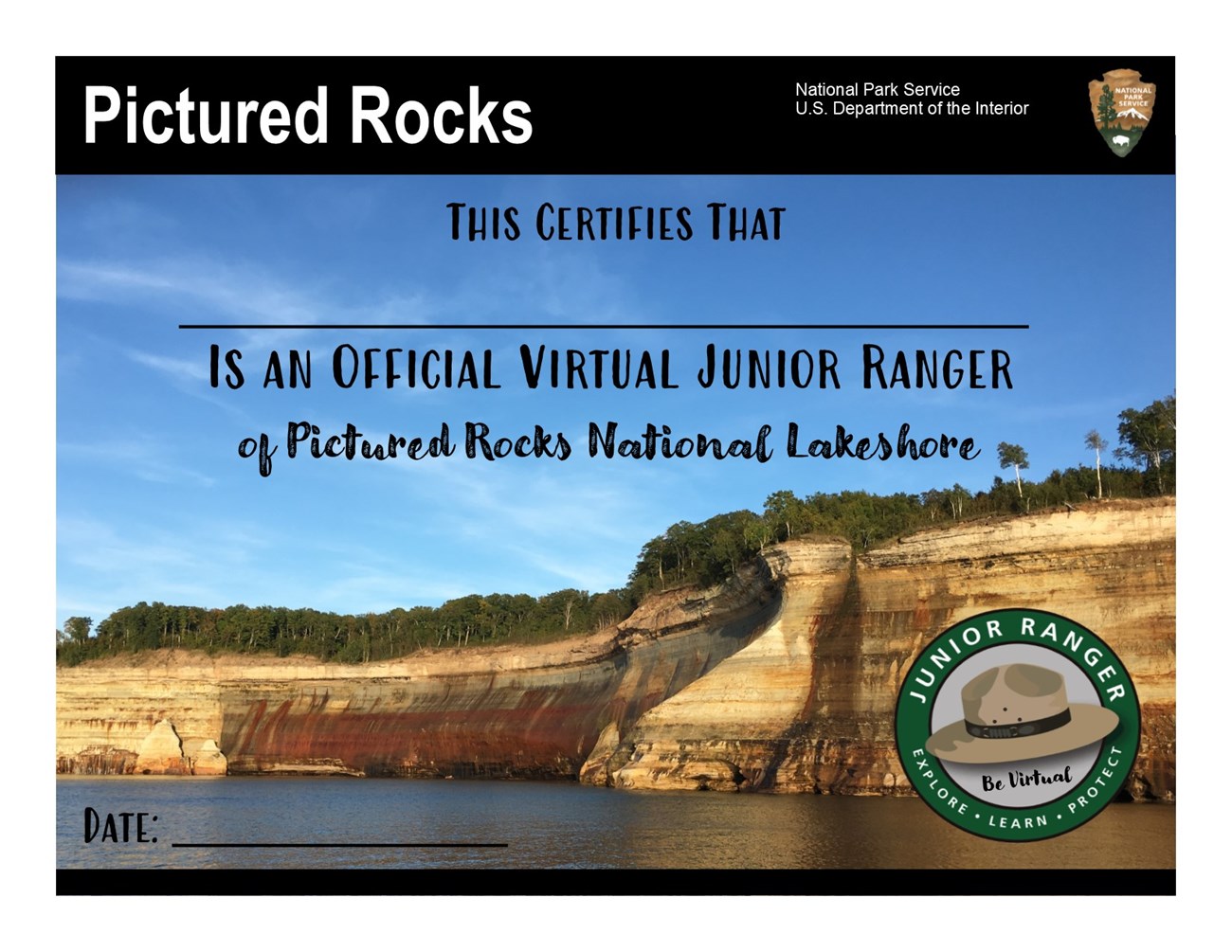Last updated: July 23, 2024
Article
Be a Virtual Junior Ranger

NPS Photo
Requirements:
- Ages 5-7: Complete two or more activities.
- Ages 8-10: Complete three or more activities.
- Ages 11+: Complete four or more activities.
List of Activities:
- Indoor: Park Symbols, Pictured ROCKS!, Web Detective
- Outdoor: Stretching Your Senses, Nature's Notes
- Both: Native People of the Lakeshore
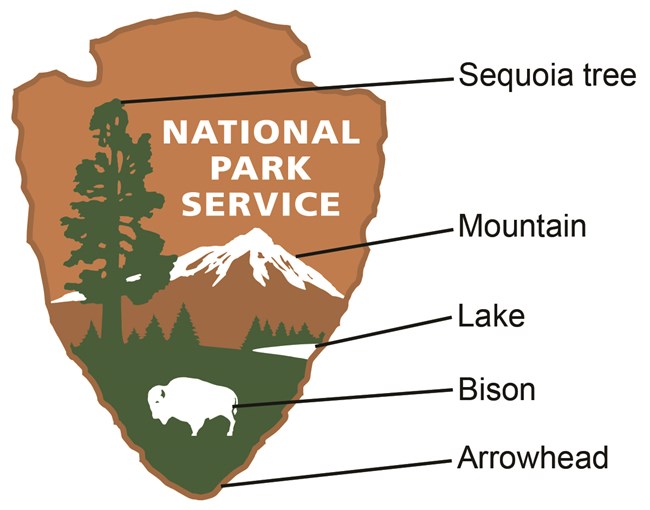
NPS Photo
Activity One:
Park Symbols
Each element in the arrowhead symbol represents something that is protected by the National Park Service. The sequoia tree and the bison represent the plants and animals; the mountains and the lake represent the scenery and the resources; and the arrowhead shape represents the history.► Draw your own symbols on the arrowhead below showing things that you think needs protecting. If you do not have a printer at home, use a blank piece of paper to draw and color your own arrowhead.

PDF File (108.82 KB)
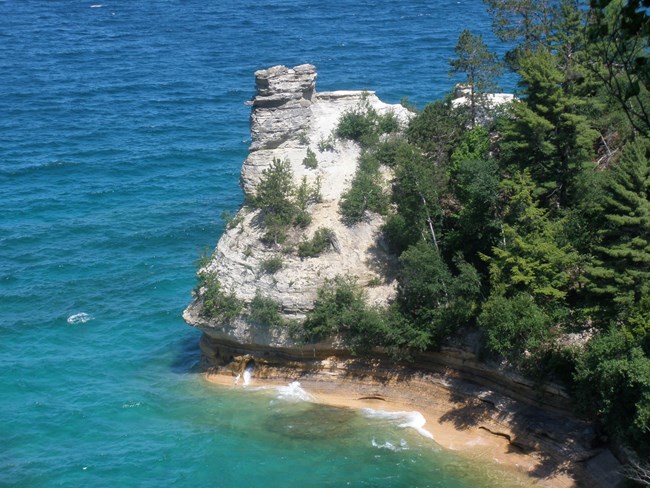
NPS Photo
Activity Two:
Pictured ROCKS!
Landscapes are always changing. Rain, wind, snow, and ice shape the land over the course of many years. What may be a tall cliff today could be a gentle slope thousands of years from now. At Pictured Rocks, the cliffs and rock are all undergoing these slow changes. Scientists call these changes erosion, and weathering. When these broken-down rock materials are transported away by natural forces, they call that erosion.► Look at the two photos below to investigate erosion over time at Miners Castle. Click on the white arrow and drag it to the right to see Miners Castle before 2005. To see it after 2005, drag the arrow to the left. Next, take a moment to draw or write what you think Miners Castle will look like 100 years from now.
Erosion At Work


Left image
Miners Castle before 2005.
Credit: NPS Photo
Right image
Miners Castle after 2005.
Credit: NPS Photo
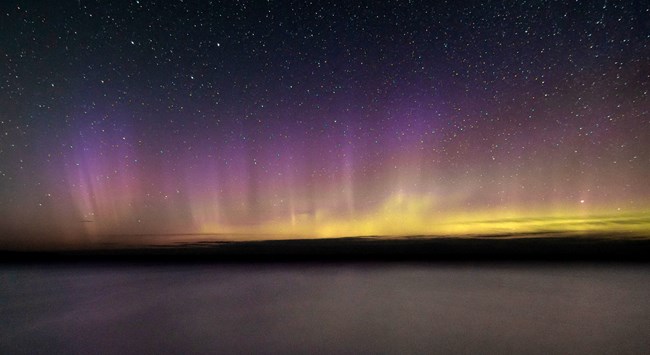
NPS Photo
Activity Three:
Native People at the Lakeshore
Many legends and stories can make up a culture. The Ojibwa people have stories that give life to the moon and stars. The Ojibwa were the first people to travel and live at the lakeshore and surrounding area. Their legends date back hundreds and thousands of years. Read the following stories, and if you can, read them aloud under the night sky, by a campfire, or by flashlight.Moon - The man in the moon is the Nishnaabe man (Original Man). He is bending forward with his head somewhat down praying for "Mother Earth." If you look closely when he is in full moon, you will see feathers on his head.
Northern Lights (Wassnodae) - Ojibwa ancestors are dancing and meeting those people who have passed on, leading them to the Milky Way, which is called the Jiibay Mikana (Ghost Road).
Bigfoot (Chi Sawbe) - The Big Dipper including the belt is called the Nanabush Anung. The Ojibwa feel that Nanabush is the older brother and teacher to their people. Nanabush Anung will at times take the form of a furry giant and is also called a trickster. Some of the elders will joke that this could give him the name Bigfoot (Chi Sawbe) constellation.
► Take a minute to reflect on these stories. Now think about a unique natural area close to where you live! Write down your own creative story of how that natural area came to be or how it got its name. Once again, read it out loud to a friend or family member under the night sky, by campfire, or by flashlight.
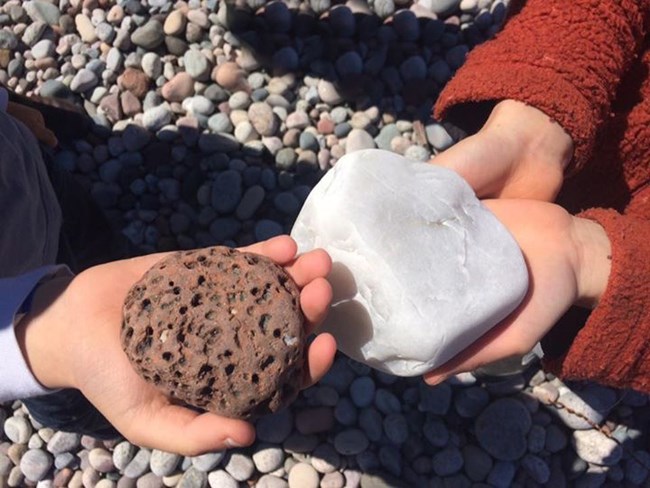
NPS Photo
Activity Four:
Stretching Your Senses
You have five senses you can use to explore national parks and the natural environment around you: sight, hearing, touch, smell, and taste. In your backyard or local park, sit quietly using four of your senses (we recommend you don't taste what you don't know unless it's your lunch).► Look, listen, smell, and feel to help you complete the following activity.
The color of the landscape looks ____________________________
Today the air smells ______________________________________
The wind around me sounds _______________________________
The weather feels _______________________________________
List or draw natural things that are...
- Older than you
- Younger than you
- Something with wings
- Something with more than 2 legs
- Rough to the touch
- Smooth to touch
- Wet and slimy
- Something warm to the touch
- Something cool to the touch
Remember, Junior Rangers are careful with natural items they observe and they leave all items as they are found in parks so that others can enjoy them too.

NPS Photo
Activity Five:
Nature's Notes
Take a walk in your neighborhood or local park to find a spot in or near nature to sit outside in silence for 5-15 minutes. While sitting quietly, think about what makes this place around you so special. Write a nature poem about it using the "haiku" format. Haiku is a traditional Japanese form of poetry about nature and have been written for hundreds of years. Unlike other forms of poetry, haiku do not have to rhyme. See what you can come up with!► Directions:
Line One: 5 syllables (or beats) Blowing in the wind
Line Two: 7 syllables The snow path is silent
Line Three: 5 syllables The old spruce is strong
Example:
Blowing in the wind
The snow path is silent
The old spruce is strong
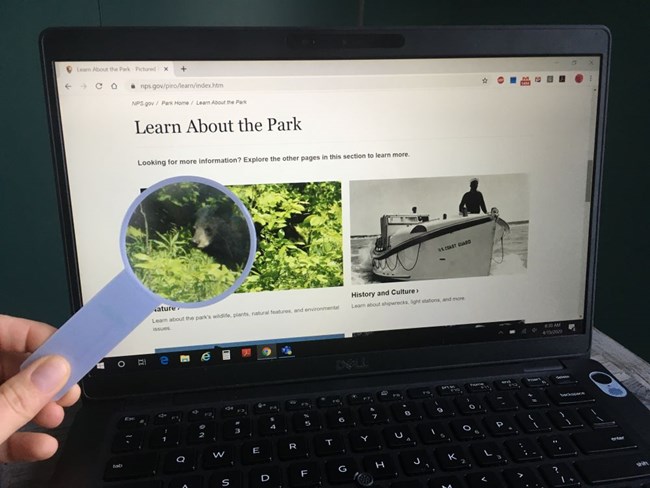
NPS Photo
Activity Six:
Web Detectives
Pictured Rocks has a lot of park information on its website. You can plan a hiking trip, learn about bears, explore the human history at the park, and get some helpful tips on how you can take care of the park.► Take some time to explore the website by using the list of questions below. Write your answers on a piece of paper.
1. What animal would you most like to see that lives in the park? List one cool thing about it.
2. How does Lake Superior impact the park? Name one fun fact about the big lake.
3. What groups of people in history have lived in the park? Explain how one of these groups interacted with the land.
4. How can you help take care of the park (and other natural areas)? Describe how you can use Leave No Trace principles in your local park(s) and neighborhood.
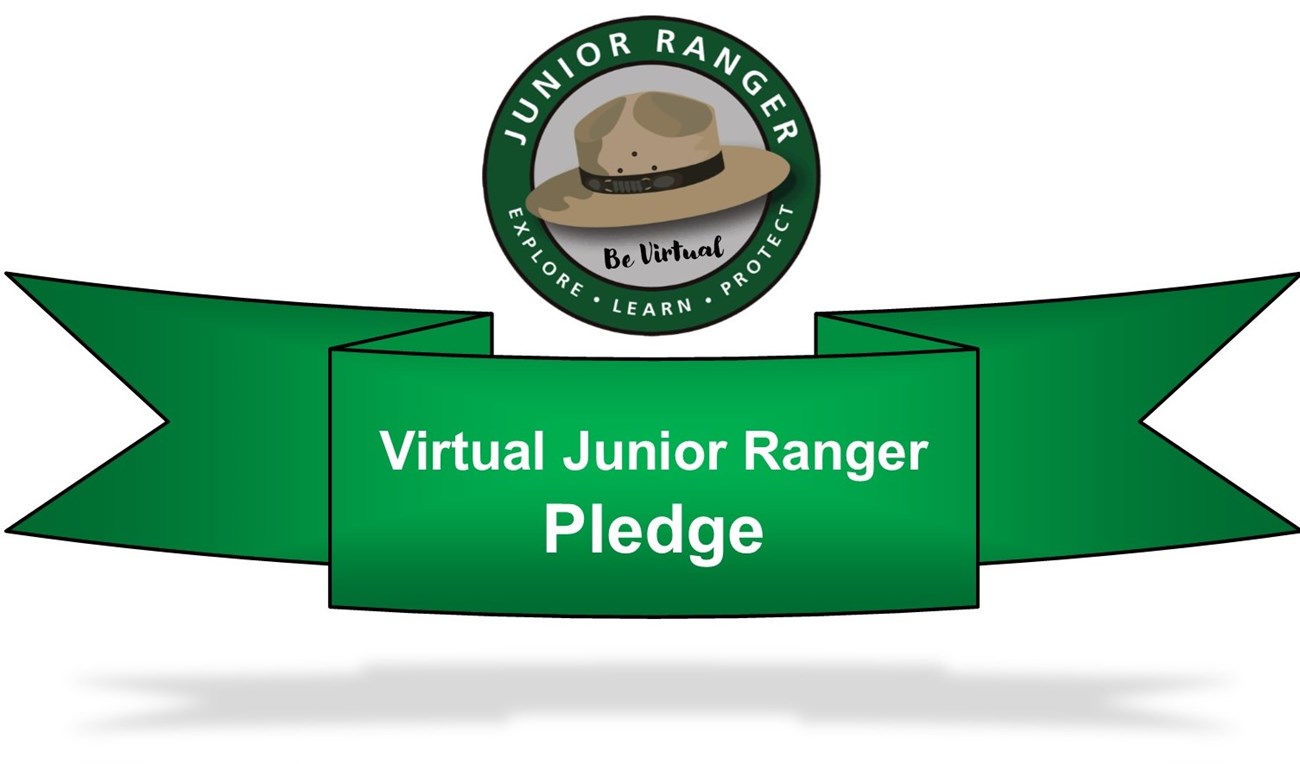
As a Junior Ranger I promise
To explore our parks and pick up litter
To protect every plant and every critter
To learn important stories of our past
So that these treasured places last
I will keep our parks out of danger
Because I am a Junior Ranger!
Transcript
As a Junior Ranger, I promise To explore our parks and pick up litter, To protect every plant and every critter, To learn important stories of our past So that these treasured places last, I will keep our parks out of danger Because I am a Junior Ranger!
Now I got my confetti ready, right here in my hand. So, one, two, three, woohoo! Wait, that was so fun, watch me throw confetti again! Woohoo!
Welcome to the team, Junior Rangers, we’re glad to have you. Don’t forget to download your digital certificate and if you want to keep learning about our national parks, visit www.nps.gov/kids and click on Junior Ranger.
Have fun exploring Junior Rangers and we hope to see you soon!
- Duration:
- 1 minute, 14 seconds
Ranger Zach does the Pictured Rocks National Lakeshore junior ranger pledge with you.

